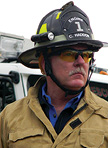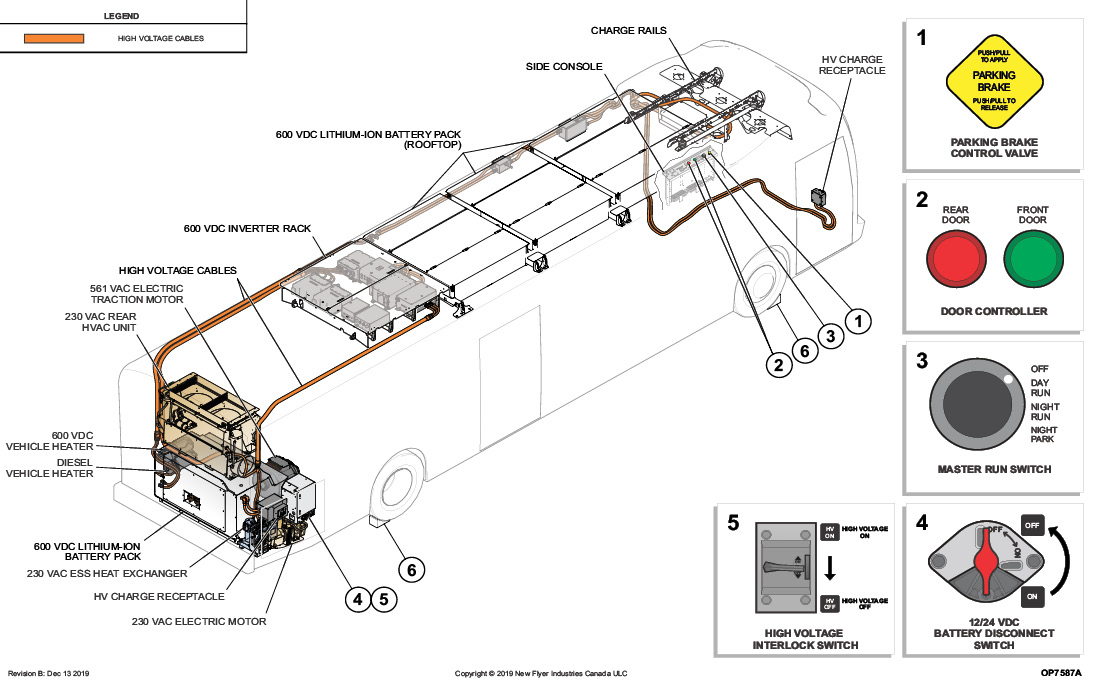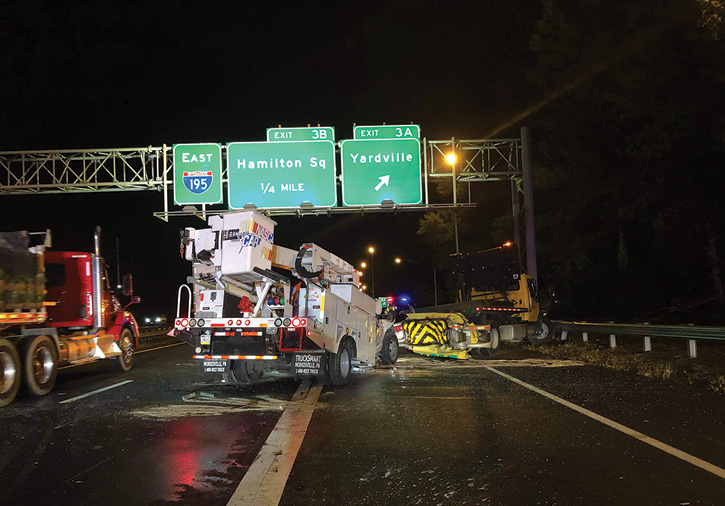

After all these years, I’m still amazed and humbled by how much I learn when I teach. These days, my fellow group of instructors and I have pretty much abandoned the word “teach” for the phrase “share knowledge and experience.”
This is based on some sharing of knowledge and experience as we prepped for a recent advanced extrication/school bus/heavy vehicle rescue class in rural Minnesota.
Much has been written and lectured about, “keyboard warrior-ed” over, “Powerpoint®-ed,” and “virtual Webinar-ed” about new vehicle extrication. We all know that how today’s passenger vehicles are made is vastly different than the typical junkyard cars that we use to train with. The 2020 and 2021 model year training vehicles are next to impossible for most of us to come by, so we improvise and often do our best to simulate new metals, hybrids, vehicle construction, and lookouts presented by these “new” passenger vehicles.
To add to your list of professional challenges, commercial and “heavy” vehicles are changing too. Everything from school and transit buses to garbage trucks, cement mixers, and even fire apparatus is changing dramatically! Are our in-house or externally offered vehicle rescue training programs keeping pace with these manufacturing changes? I can offer to you firsthand that they should be. It seems that a week doesn’t pass without my phone ringing from a firefighter or training officer who encountered “the weirdest rescue” and “there were things on this vehicle that we’ve never seen before.” Just like with the passenger vehicle scenario, a big rig was a big rig, and a bus was just a bus. Traditionally, we worried more about what a commercial vehicle was hauling than what type of propulsion system it employed, right?
Some ask, so what? What difference does any of this new tech make to us? After all, they’re still heavy vehicles that require heavy stabilization equipment, and the cargo and hazmat concerns are the same as they’ve always been. The “clear as mud” answer to that is yes and no. With new electric and hydrogen-cell-powered heavy vehicles, a lot is changing regarding weight distribution in addition to where very large lithium battery packs are located (photo 1). Many of the same concerns and lookouts associated with electric and hybrid passenger vehicles will now apply to big commercial vehicles. Added to those concerns are the components of fire and a large amount of combustible (Class D) metals.

1
Look at the practical daily applications of these vehicles and the challenges they present. Hydrogen- and electric-powered garbage trucks are much quieter in your neighborhoods, but have you seen one of them on fire yet? Huge lithium ion battery packs burning in thermal runaway, mixed with only heaven knows what that people throw in their garbage cans. And, throw in a few hundred pounds of burning magnesium, titanium, or aluminum used in the construction of the truck, and you have a bit of a problem on your hands. The good news is that at least you don’t have the flowing fuel fire risk from ruptured diesel tanks. Even in the absence of flowing fuel, these scenes are still full of hazardous materials.
A recent example is a new boom truck in New Jersey that rear ended an attenuator truck (a Department of Transportation truck with the crash system on the back) at speed (photo 2). Arriving units found that part of the boom assembly had sheared off; entered the cab over the driver’s left shoulder, through the firewall, and into the engine compartment; and completely blocked access to the trapped driver. The boom was made of an alloy that was very lightweight but extremely hard to cut or bend. The crews on scene had not encountered metal “like that” before.

2 Photo by Aaron Heller.
These new heavy vehicles should have us regularly assessing and reassessing our equipment and our methods and tactics. I can share with you that we gain huge amounts of information from not only reputable stabilization equipment manufacturers but also heavy wrecker services. Heavy wrecker services deal with these vehicles on a daily basis and are usually a wealth of information. Inviting a local “rotator” crew to come do heavy extrication training with your department can be of great benefit. Building good working relationships with these assets is invaluable. Learning what each entity (fire rescue and heavy wrecker) has, needs, and can do benefits the tow service, your department, and the communities you serve.
Often when we prep to teach an extrication class or even drill with cars that we have to train with at the firehouse, we tend to go back to basics, or we come up with some “whiz bang tactical scenario extraordinaire” that has no basis in real-world application. It’s important that we train like we work. At the beginning of the classes that I offer on new vehicle rescue, I always ask the class to tell me what kind of challenges they’ve had with new technology vehicles. Those answers are their challenges. Those challenges are the ones that need to be addressed during training. Listening to the challenges or desires for knowledge of our students or crew members should be what helps us derive and prep extrication skills stations and scenario evolutions. Perhaps rather than “cracking the egg,” we should be “keeping it real and relevant.”
CARL J. HADDON is a member of the Fire Apparatus & Emergency Equipment Editorial Advisory Board and the director of Five Star Fire Training LLC, which is sponsored, in part, by Volvo North America. He served as assistant chief and fire commissioner for the North Fork (ID) Fire Department and is a career veteran of more than 25 years in the fire and EMS services in southern California. He is a certified Level 2 fire instructor and an ISFSI member and teaches Five Star Auto Extrication and NFPA 610 classes across the country.

